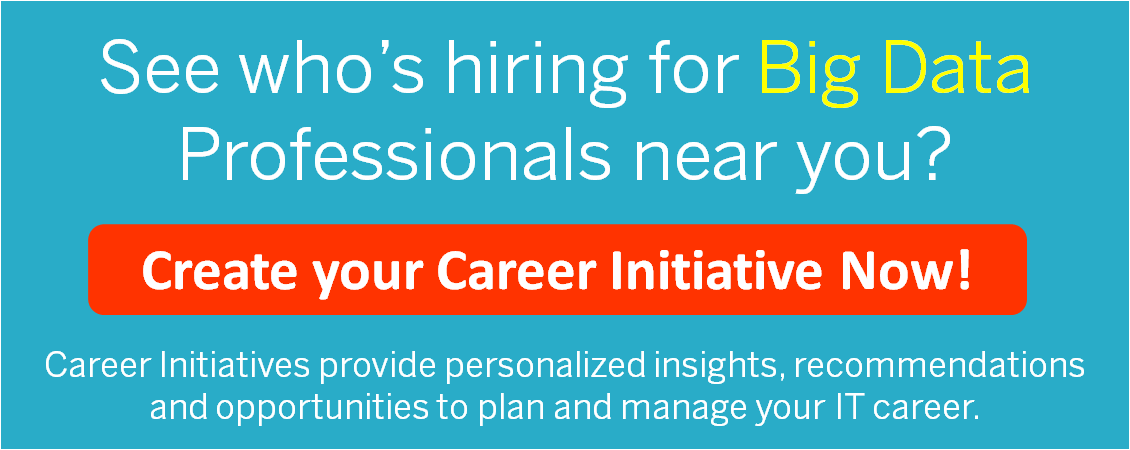Open Source vs. Open Architecture: What Does Big Data Need?

With most of the organizations using open source software as well as open architecture, it clearly shows that both the technologies are going hand in hand. While open source makes source code public, open architecture allows users to use their specifications to duplicate its products. Before moving any further, let’s discuss what the concept is.
Open source code and open specifications
Millions of users use the open source software and the economic aspect of these applications is not the only reason that is compelling people through it all. As a result, it holds a host of benefits such as flexibility, security, accountability, interoperability and quality. Its source codes are available to public for use without investing a penny.
On the other hand, open architecture offers specifications designed by the developers to public wherein they can a similar copy of the product.
However, Chris Selland, VP of Big Data Platform, at Hewlett Packard Enterprise says that open source and open architecture doesn’t entirely turn the platform more efficient. He believes that the source code needs to be extensible rather than only providing source code and specifications free. We are in the era where companies have already integrated multiple applications to make it highly productive.
Why flexibility matters so much?
Extensibility can broaden the path to connecting more applications and integrating more sources with each other. Google maps stands as a great example, as it could be extended with any transportation industry for tracking locations. Especially in the era where connectivity is playing such a major part, application openness is crucial to promote flexibility.
According to a survey, data is produced in abundance in a minute and organizations need to put all of this to some good use. When users are so open about their opinions, enterprises must waste no time in responding to the request. But this is just the initial period, with time Big Data will become even popular and it will require even fierce technology to manage it.
Prospective of Big Data
Businesses determined to using data in an effective approach are more likely to achieve success and take the platform a level ahead due to their capability of quickly assembling data from diverse sources and practicing it. Then the question is how open source and architecture helps data-centric enterprises? It is the cheapest option with quality-oriented features that any organization has. It is an opportunity to uplift our Big Data insights that allows proceeding effectively, while open architecture ensure everything falls in the right place.
The conclusion is organizations need both open source applications and open architecture to reap out the benefits of Big Data. When the technological field is developing solutions to manage the growing data, these two potential software eliminates the very idea of overlooking it. Big Data can do wonders only if businesses ascertain to process it rightfully, which is to make it both open and integrated.


 Priti
Priti










Would you be able to provide some examples (or standards) of open architectures that are suitable for cloud-based applications?